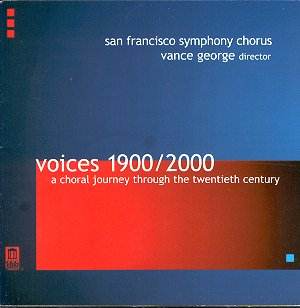 Composer: Johann Sebastian Bach
Composer: Johann Sebastian Bach
Works: Sonatas and Partitas for Unaccompanied Violin BWV 1001 – 1006 Arranged for 8-string guitar
Performers: Paul Galbraith, 8-string guitar
Recording: September 1997, January 1998, First Congregational Church, Los Angeles
Label: DELOS
Bach’s Sonatas and Partitas for unaccompanied violin stand as monumental achievements in the Baroque repertoire, embodying the composer’s innovative spirit and profound understanding of instrumental capabilities. Composed in 1720, these works weave a tapestry of polyphonic texture and emotional depth, each sonata and partita representing a facet of Bach’s complex musical language. Paul Galbraith’s audacious arrangement for an 8-string guitar not only broadens the interpretative possibilities of these works but also revitalizes their inherent essence through the unique timbral characteristics of his instrument.
Galbraith’s 8-string guitar, a bespoke creation that extends the range of a traditional guitar, allows for a more nuanced interpretation of Bach’s intricate lines. The addition of a high string facilitates clarity in the upper register, while the low string enriches the bass lines, lending an unexpected depth to the sonorous palette. This arrangement is a thoughtful reimagining, with Galbraith adjusting the keys of four of the suites to better exploit the instrument’s range, which may initially raise eyebrows among purists but ultimately proves to be a judicious decision. The A minor fugue resonates with a compelling richness, while the chaconne from the E minor partita unfolds with a weightiness that feels both reverent and transcendent.
Galbraith’s interpretative choices are particularly noteworthy. His decision to slow down many of the movements, most strikingly in the nearly 20-minute rendition of the E minor chaconne, reveals subtle harmonies and counterpoints often obscured in faster performances. This deliberate pacing transforms the piece from a mere display of virtuosity into a profound spiritual meditation; the listener is invited to linger over the complexities of Bach’s counterpoint, appreciating the intricate dialogue between voices. The slow tempo is not merely an exercise in restraint but a testament to Galbraith’s understanding of the emotional landscape within these works. Each phrase is imbued with a sense of intention, allowing for a deeply personal interpretation that resonates with both the intellect and the spirit.
The recording quality deserves particular mention, as the acoustics of the First Congregational Church enhance the richness of the guitar’s sound. The engineering captures both the clarity of the higher notes and the resonant depth of the lower strings, providing a listening experience that feels immersive. Galbraith’s unique approach to holding the guitar, akin to a cellist, further enriches the expressive potential of the instrument, resulting in a performance that feels organic and fluid. This contrasts sharply with other notable recordings, where the urgency of tempo often sacrifices the spiritual depth that Galbraith manages to maintain.
The synthesis of these elements results in a recording that stands as a compelling interpretation of Bach’s masterpieces. Galbraith’s arrangement and performance, marked by a profound understanding of both the music and the capabilities of his instrument, redefines the listener’s experience of these venerable works. The emotional depth and technical prowess displayed here not only elevate this recording above many others but also affirm that Bach’s music, regardless of the instrument, continues to inspire and resonate across centuries. This recording is essential for anyone seeking to explore Bach’s genius through a fresh and transformative lens.



